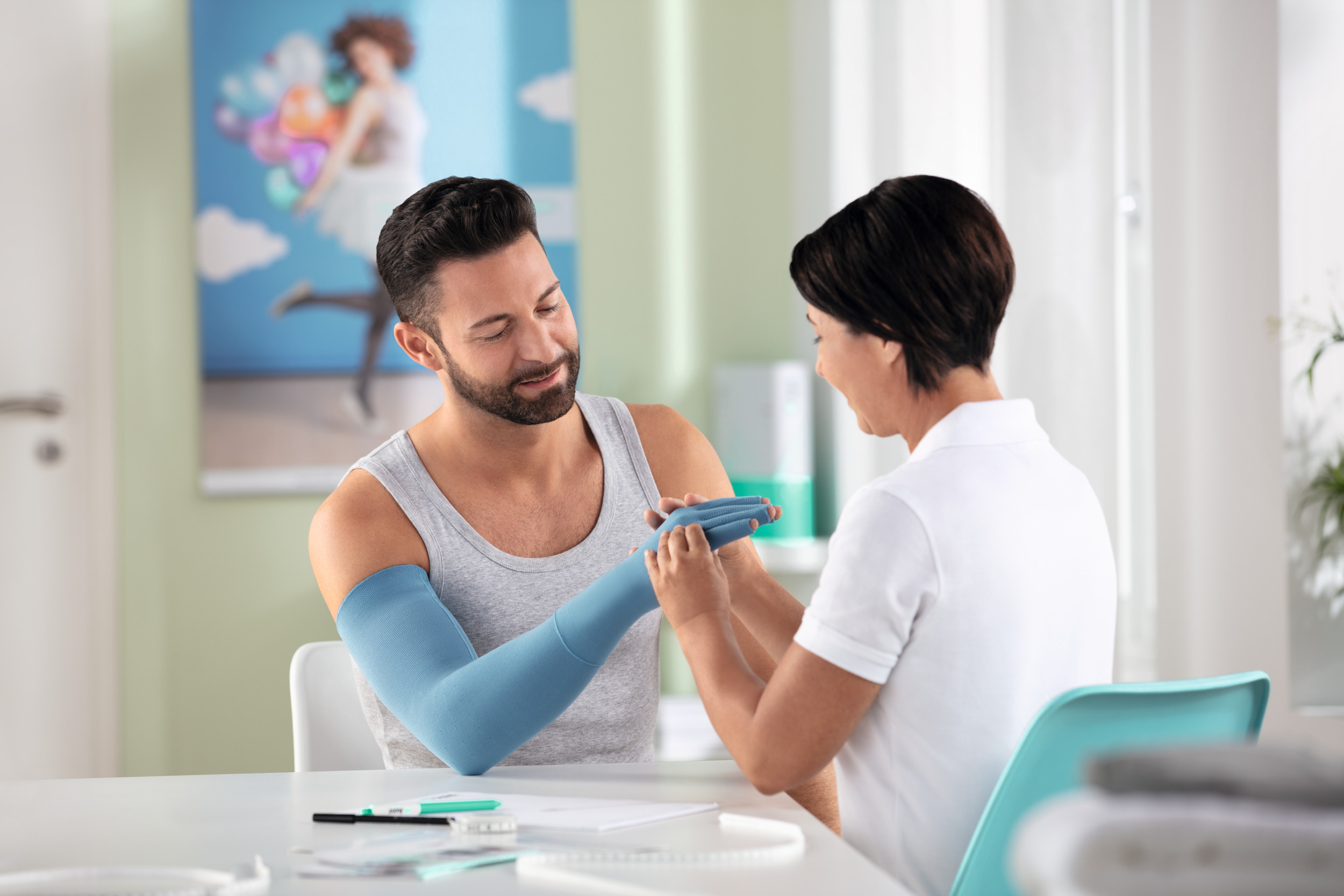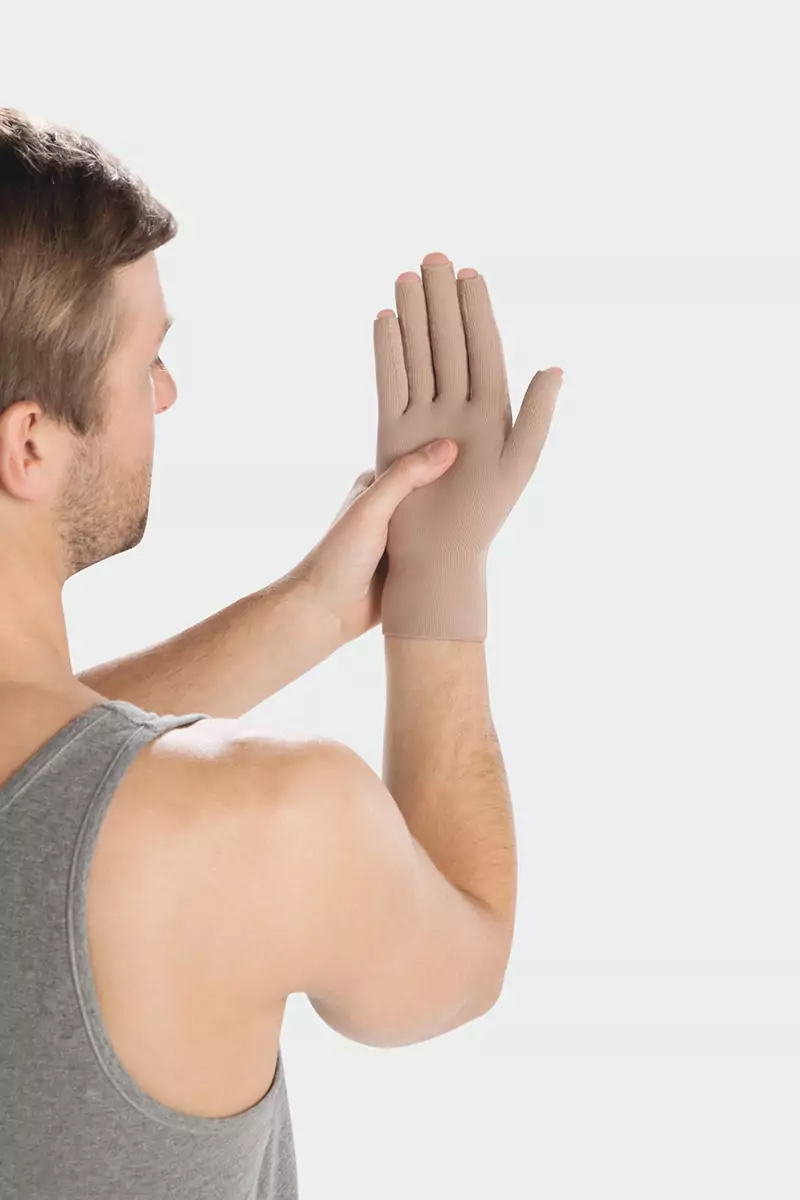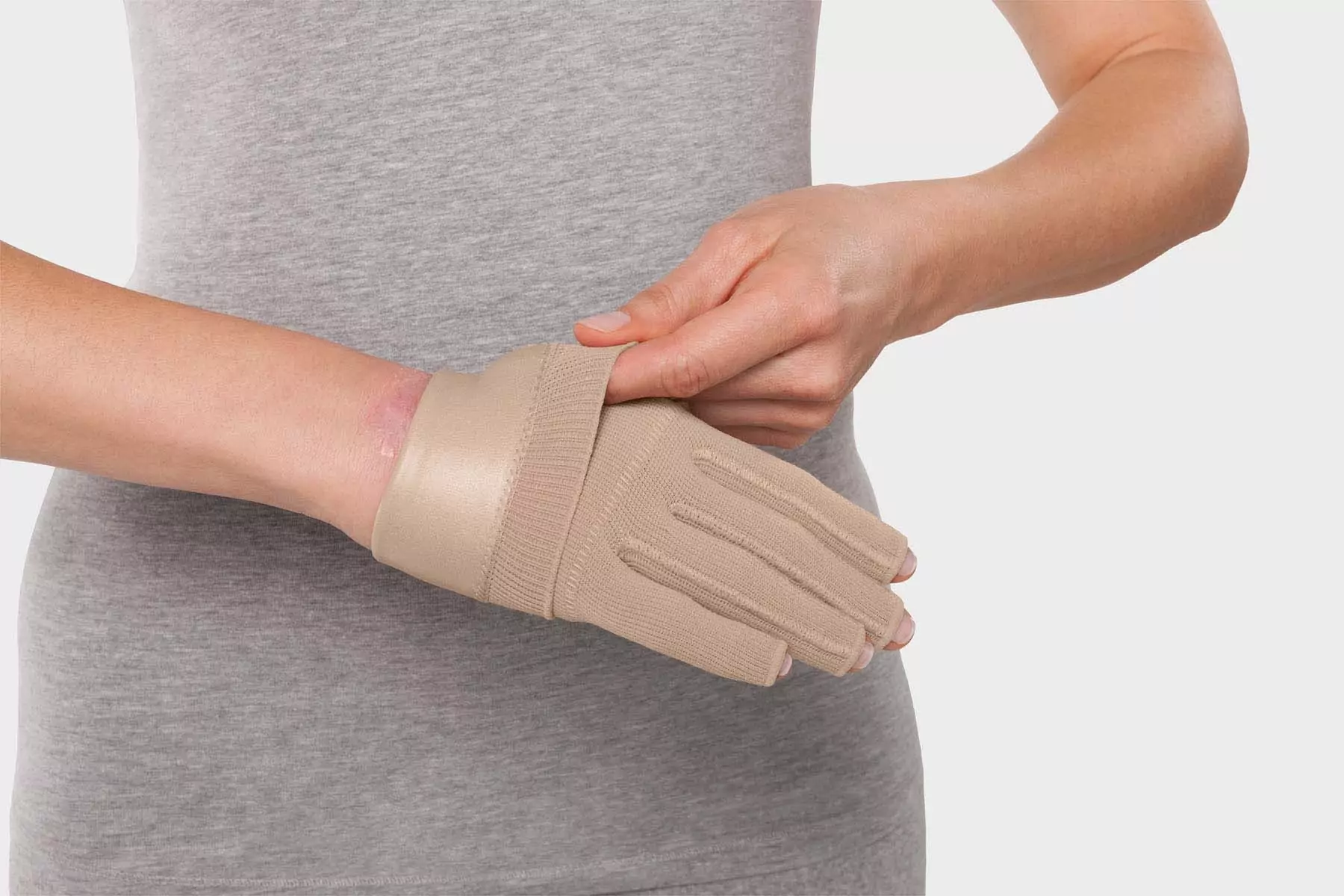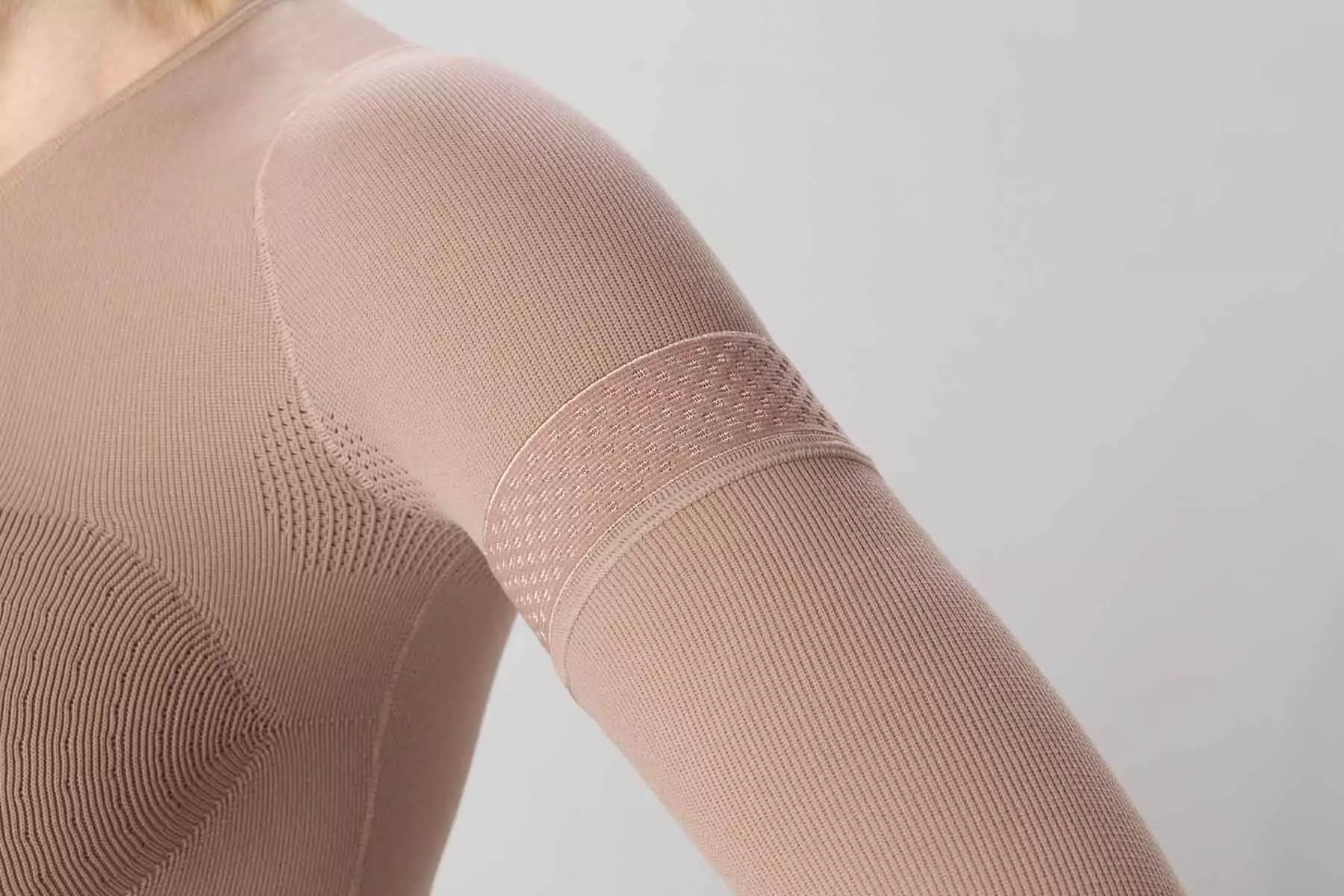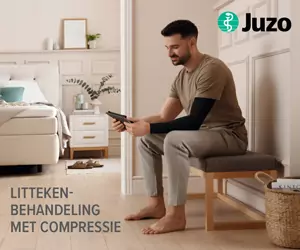Why Pressure Therapy?
Pressure therapy is a standard treatment to prevent hypertrophic scars (mainly burn scars). Pressure therapy involves wearing garments made from elasticized fabrics or wearing masks/collars made from hard materials maybe with a silicone top layer. The exact reason why pressure works is still not fully understood. It’s thought that pressure controls collagen synthesis and limits the supply of blood, oxygen and nutrients to the scar tissue. It may also have a role in reducing inflammation.
Whole body treatment?
Applying pressure evenly across the body is very challenging. Pressure garments are not ideal for the face/head and concave areas. Pressure is best suited for hypertrophic scars on the limbs. Pressure to the face and other more difficult to reach areas can be easier with rigid transparent materials with silicone linings. Sometimes polyurethane inserts are used to increase the pressure in concave areas. Pressure therapy is particularly effective in the prevention and treatment of raised hypertrophic scars.
Pressure therapy normally should be worn for 23 hours a day (removed for washing, dressing and some treatments); often pressure is applied for 6-12 months or until the scar is matured. The garments are individually measured and fitted to the patient by a skilled technician. For best results, pressure garments should be replaced every two to three months. The amount of pressure often used in scar management is 15-25mmHg. Pressure higher than 40mmHg may cause severe discomfort and could be harmful.
Main improvements
- Reduced scar redness
- Reduced scar height and thickness
- Improved pliability
- Improved pigmentation
Adverse effects
Possible adverse effects:
- Itching and heat sensations (due to prolonged wear)
- Blistering (too much pressure or friction)
- Ulcerations (too much pressure or friction)
- Scar/wound breakdown (too much pressure or friction)
- Limb swelling (too much pressure)
Recommendations
- Used as a prevention measure when wounds take longer than 21 days to heal and for skin grafts i.e., for all wounds where scarring is expected.
- Use as soon as the skin is healed and can tolerate the pressure and/or shear force generated by a garment.
When to use pressure therapy?
- Decreased height: strongly recommended
- Decreased erythema: recommended
- Increased pliability: insufficient evidence and lack of consensus
- Increased range of motion: insufficient evidence and lack of consensus
- Decreased pigmentation: not recommended
- Decreased time to maturation: not recommended

